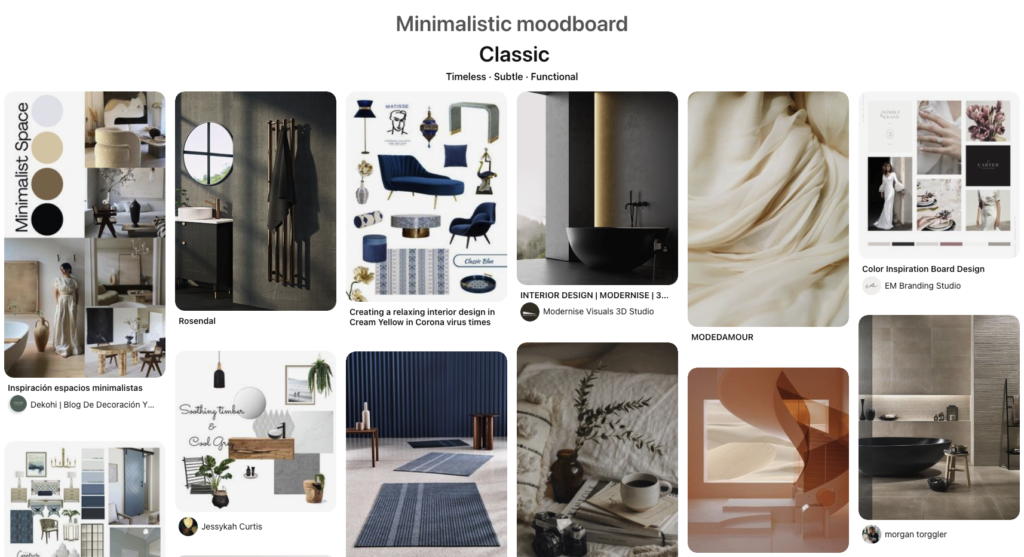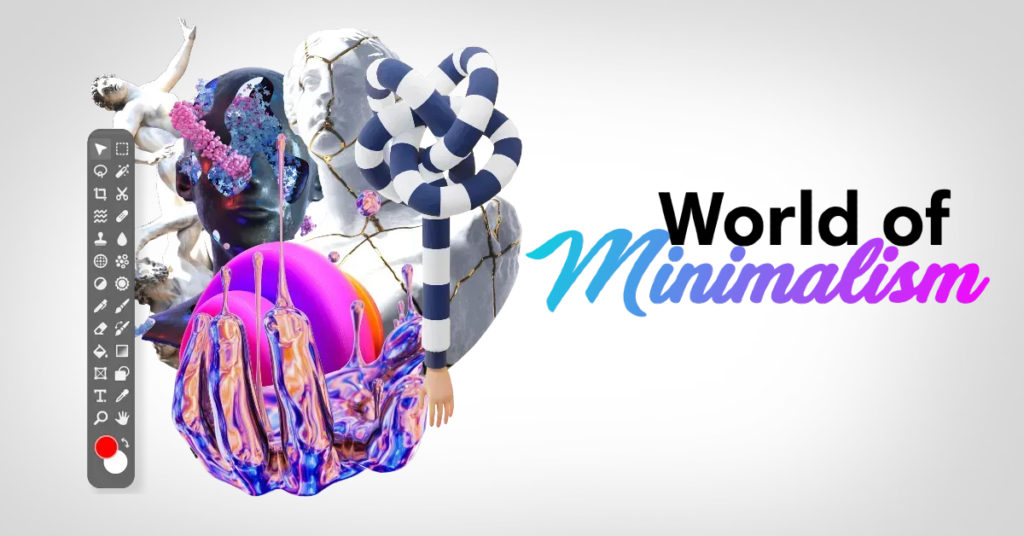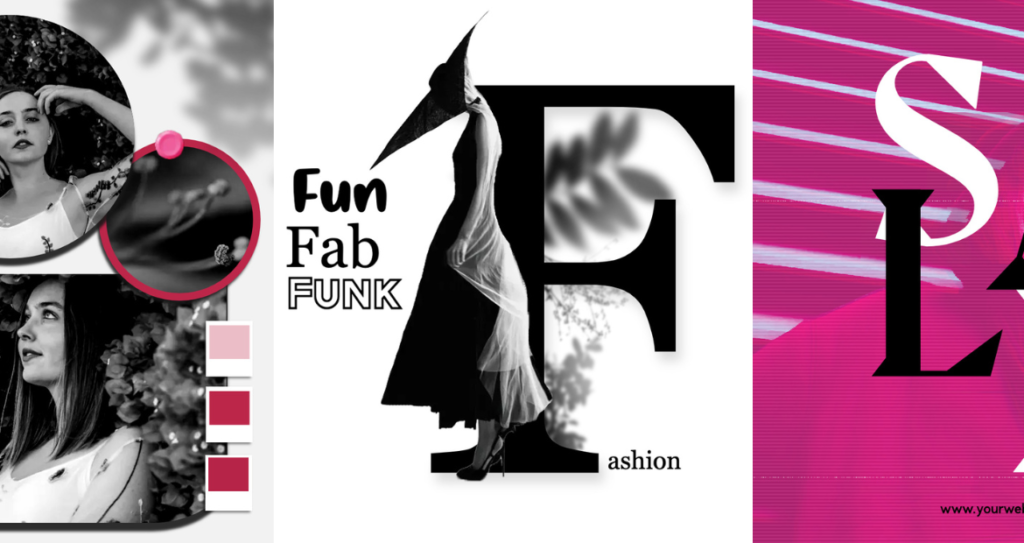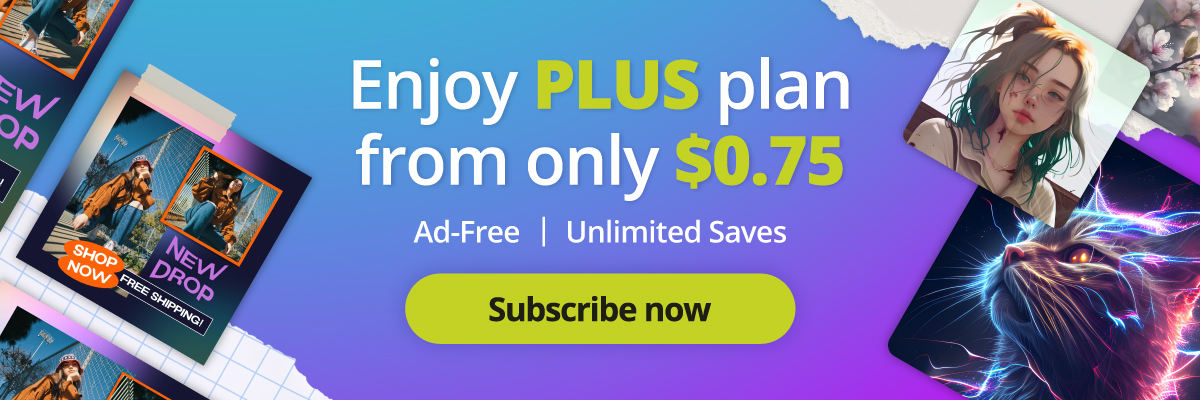Minimalism has become a buzzword in the world of graphic design.
It’s a style that’s often misunderstood and misinterpreted, with many people equating it to a lack of creativity or effort. In reality, minimalism is a deliberate and purposeful approach that can result in some of the most impactful and memorable designs. In this blog, we’ll dive deep into what minimalism in graphic design means, why it’s important, and how to execute it effectively.
What is Minimalism in Graphic Design?

Image taken from Pinterest
Minimalism in graphic design is a style characterized by the use of simple and minimal elements. It involves stripping away unnecessary elements and focusing on the essentials to create a visually pleasing, clean, clear, and effective design. Minimalist designs often use negative space, limited color palettes, and simple typography to convey a message or idea.
Why is Minimalism Important in Graphic Design?
Minimalism is important in graphic design for several reasons. First, it helps to create designs that are easy to understand and remember. By using minimal elements, the message of the design is clear and unambiguous. Second, minimalist designs often have a timeless quality that can make them more effective in the long term. Finally, minimalism can help to create a more cohesive and unified brand identity. If you are new to the world of digital art and design, check out our blog, here.
How to Execute Minimalism in Graphic Design Effectively
Executing minimalism in graphic design effectively requires careful consideration and planning. Here are some tips to keep in mind:
- Start with a strong concept: A strong concept is the foundation of any successful design. Before you start designing, make sure you have a clear idea of what you want to communicate and how you want to do it.
- Use negative space wisely: Negative space can be a powerful tool in minimalist design. Use it to create balance and harmony in your design, and to draw attention to the most important elements.
- Limit your color palette: Minimalist designs often use a limited color palette to create a sense of simplicity and elegance. Choose a few colors that complement each other and help to convey the mood or message of the design.
- Keep typography simple: Typography is an essential element of any design, but in minimalist design, it’s especially important. Choose simple and easy-to-read fonts, and use them sparingly to create hierarchy and emphasis.

Images curated from 123RF.com
Minimalism in graphic design is a deliberate and purposeful approach that can result in some of the most impactful and memorable designs. By focusing on the essentials and stripping away unnecessary elements, minimalist designs can create a sense of clarity and simplicity that’s hard to achieve with more complex designs. By following the tips outlined in this blog, you can execute minimalism in graphic design effectively and create designs that are clean, clear, and effective.
Start creating minimalistic designs with Pixlr, today!
Pixlr 2023 is a powerful graphic design tool that can be used to create minimalist designs effortlessly, with its intuitive user interface and wide range of AI-powered tools and features. Additionally, Pixlr 2023’s library of templates can serve as a starting point for creating minimalist designs, providing users with a solid foundation to build upon. If you’re interested in trying out minimalist designs yourself, why not consider using Pixlr 2023?


